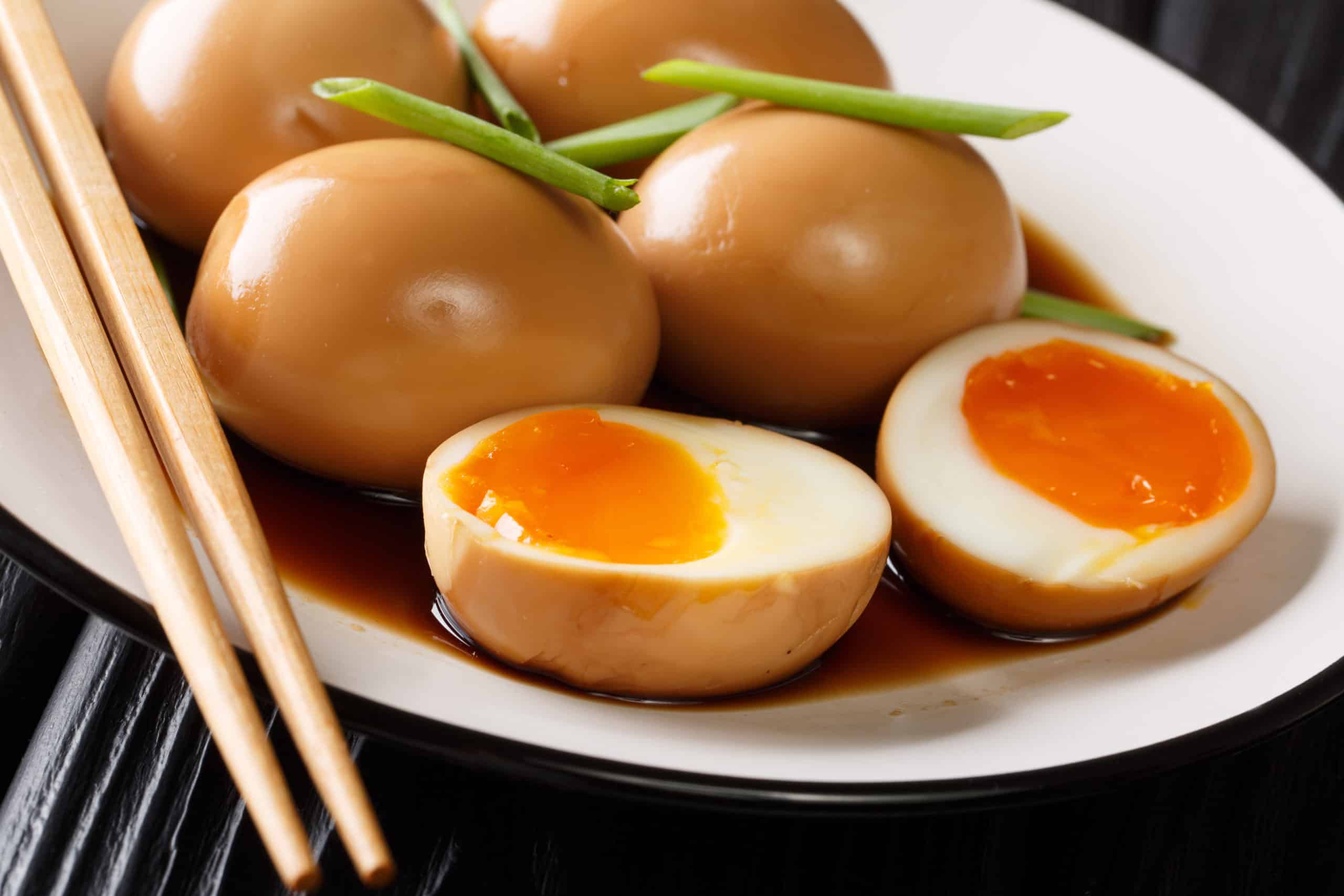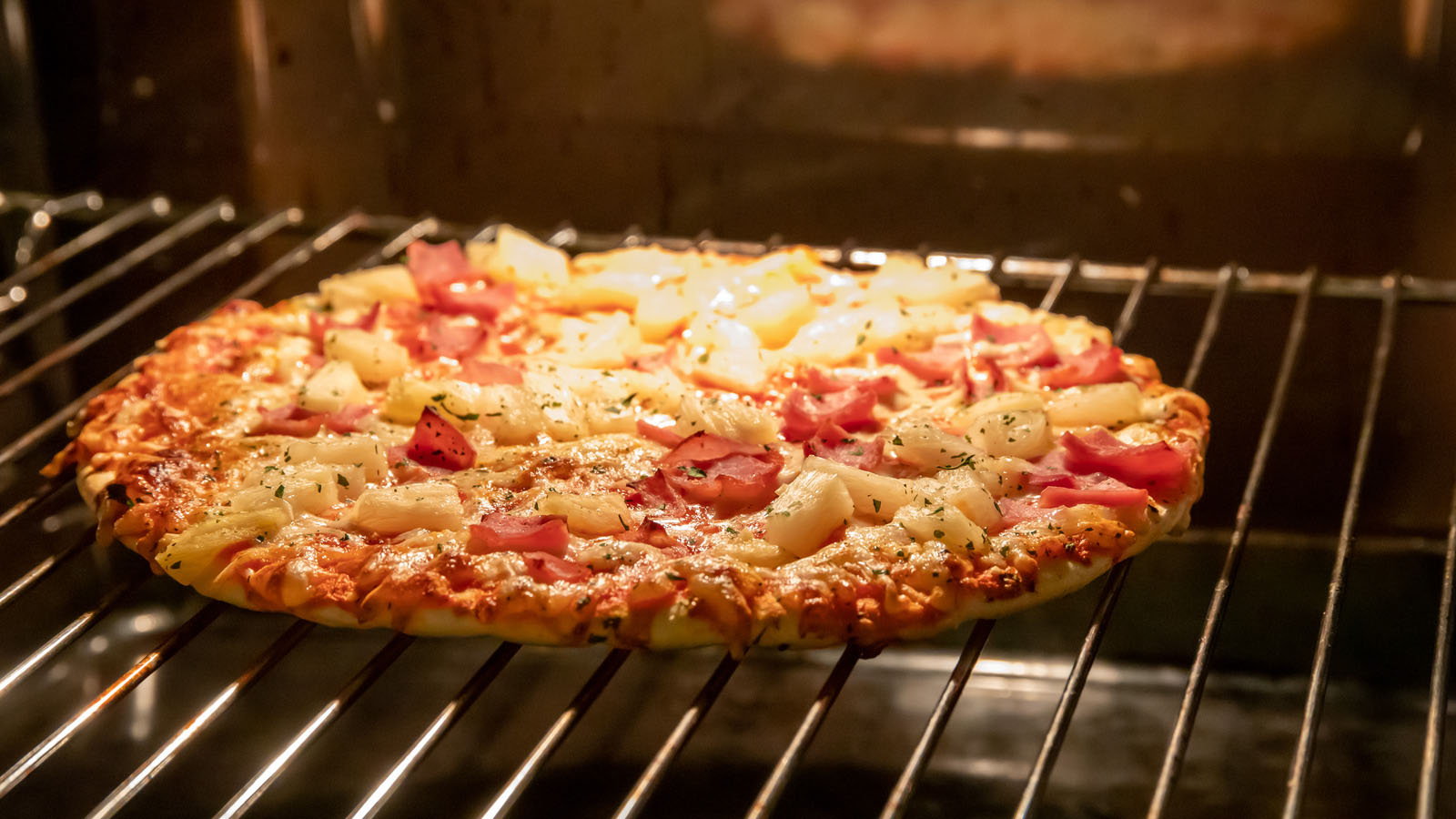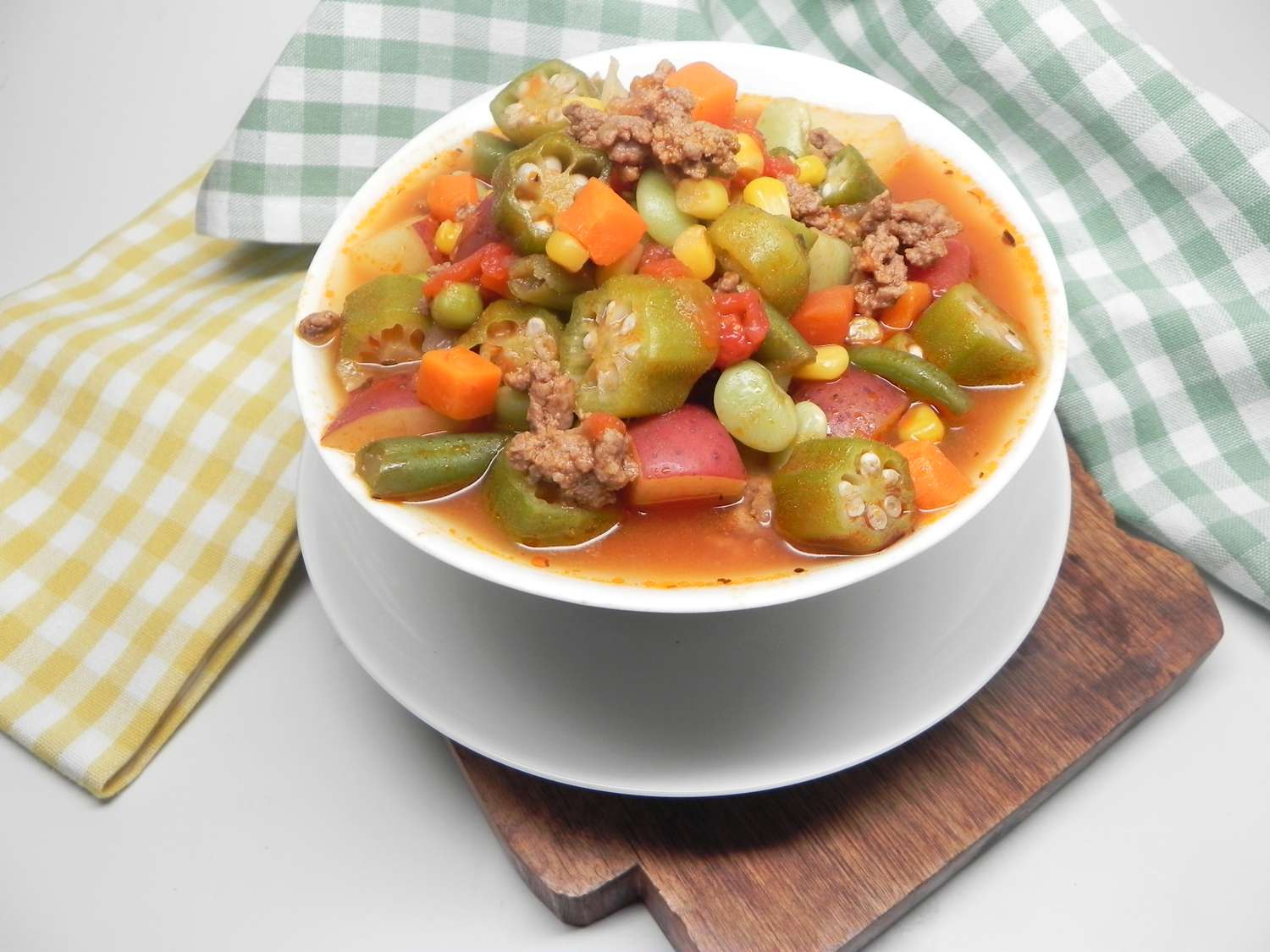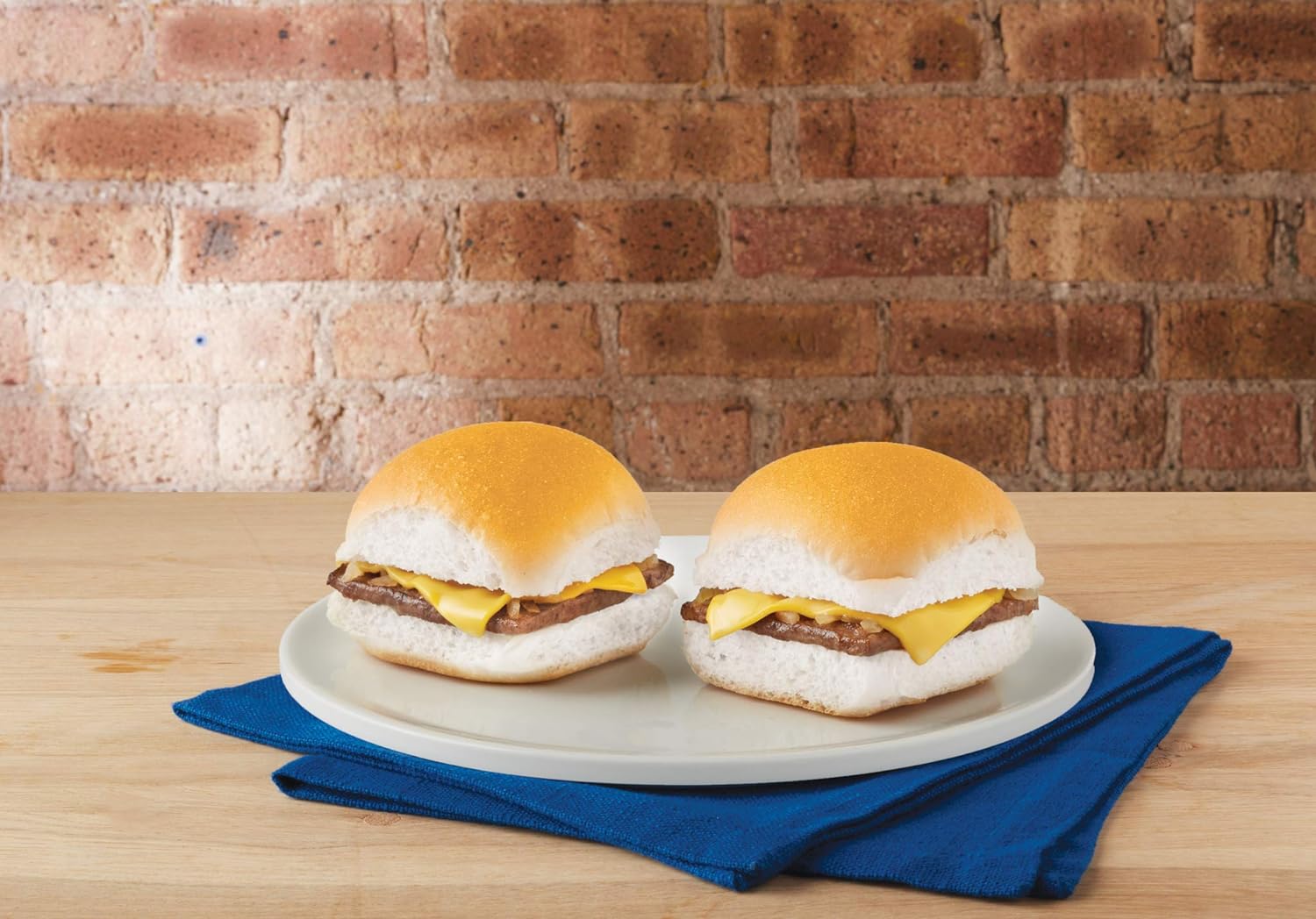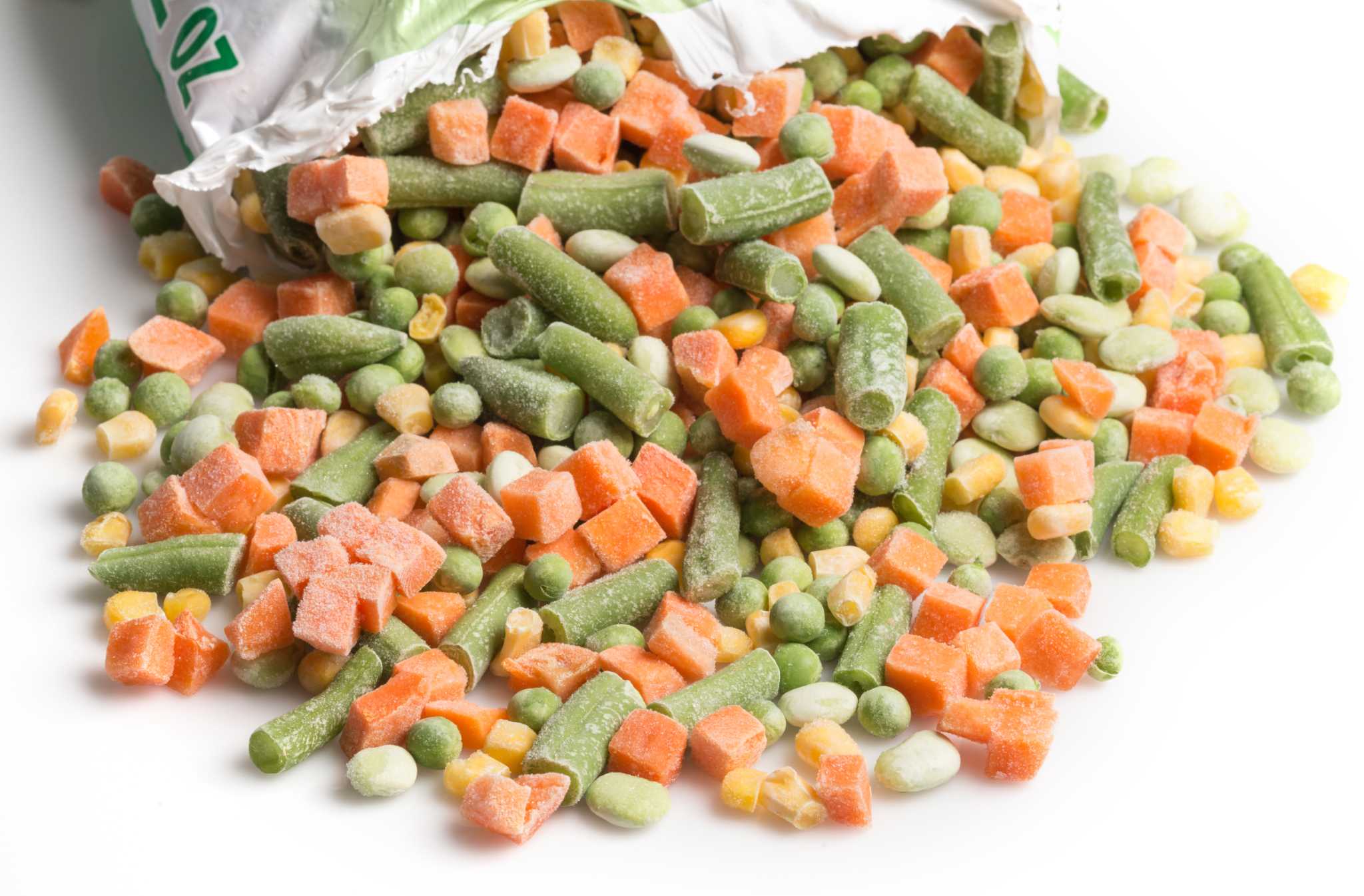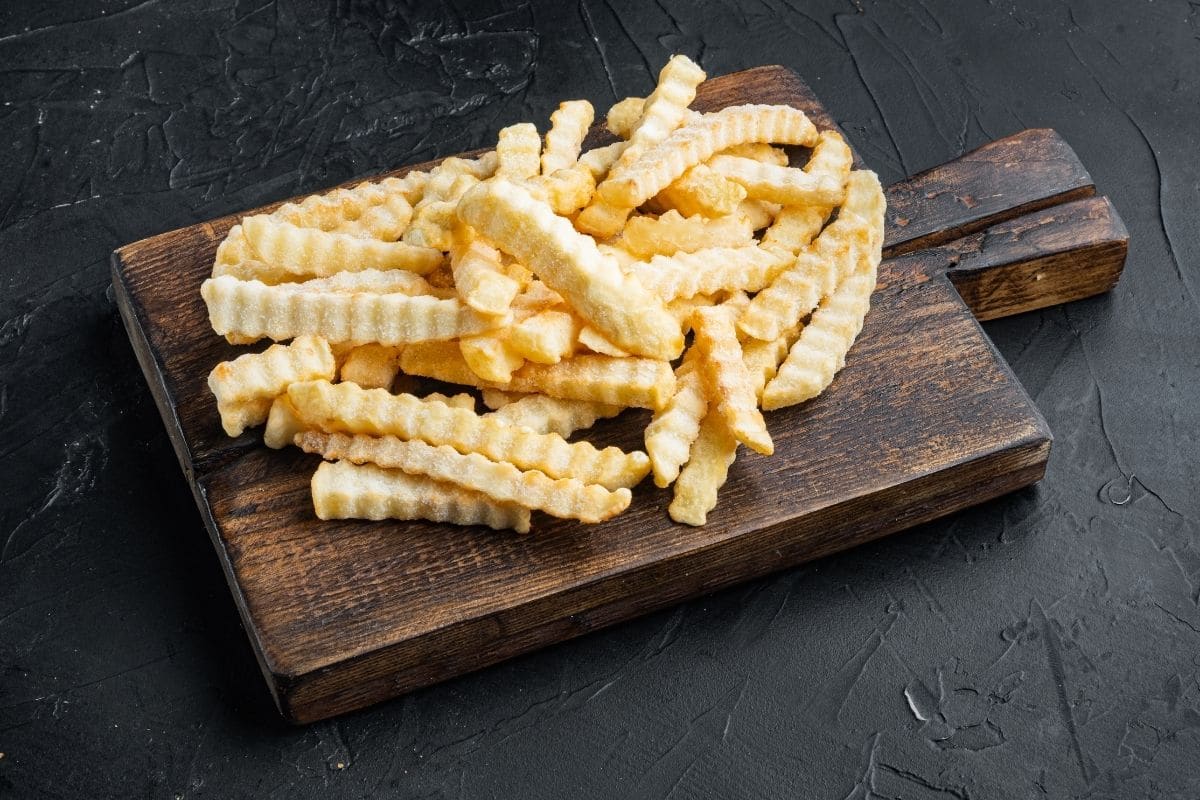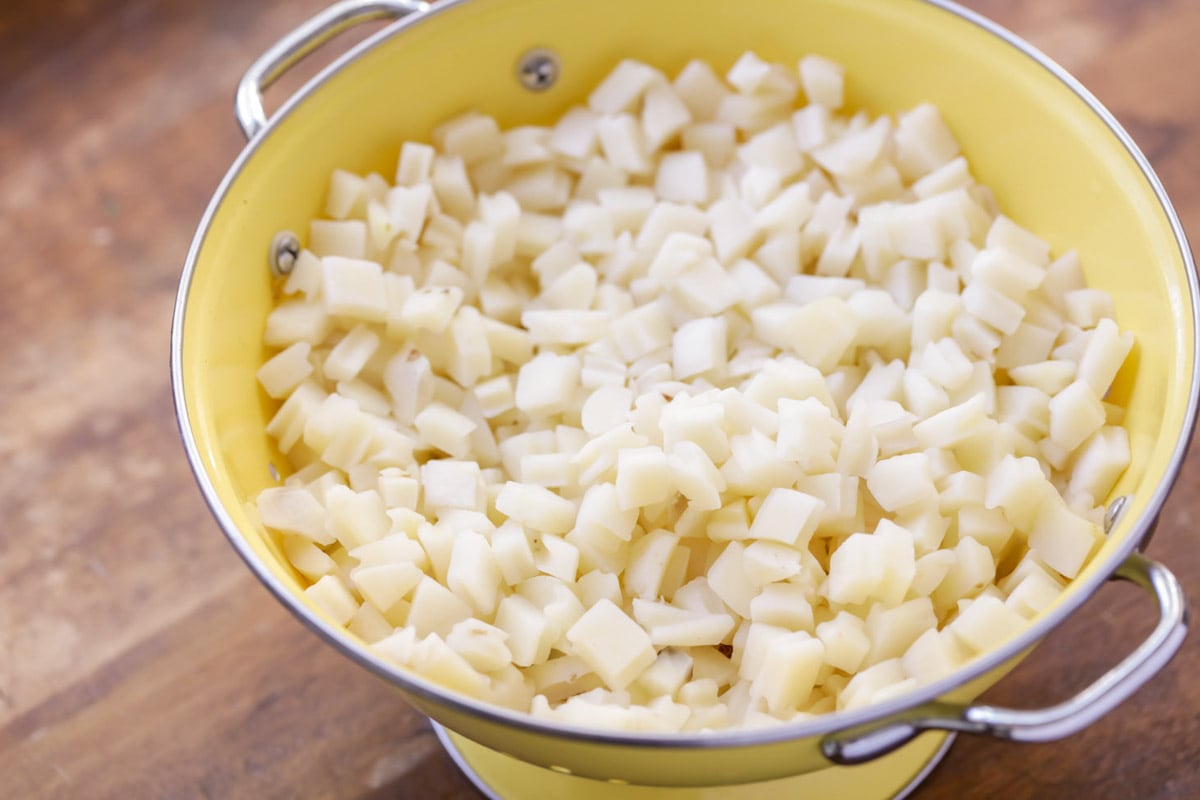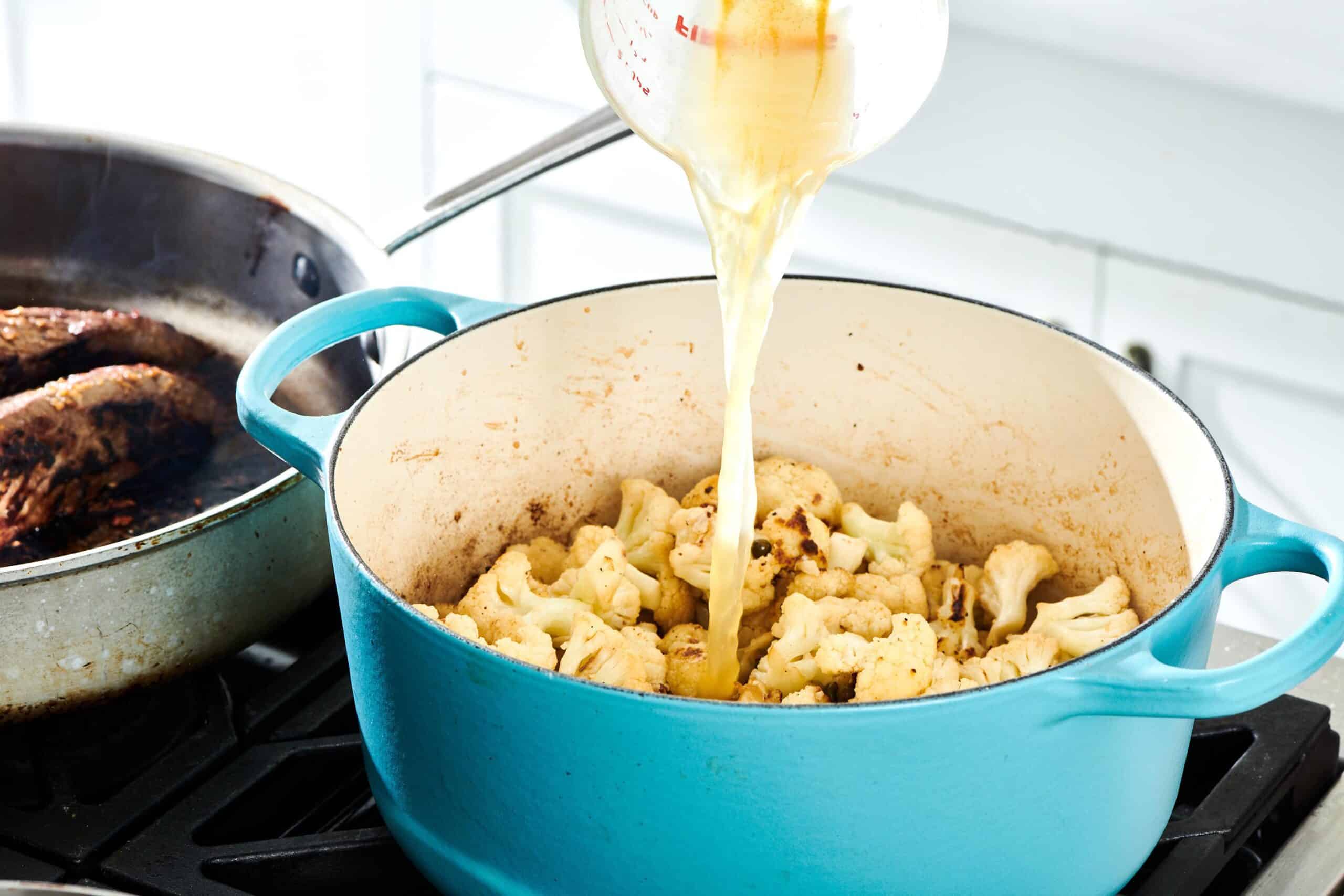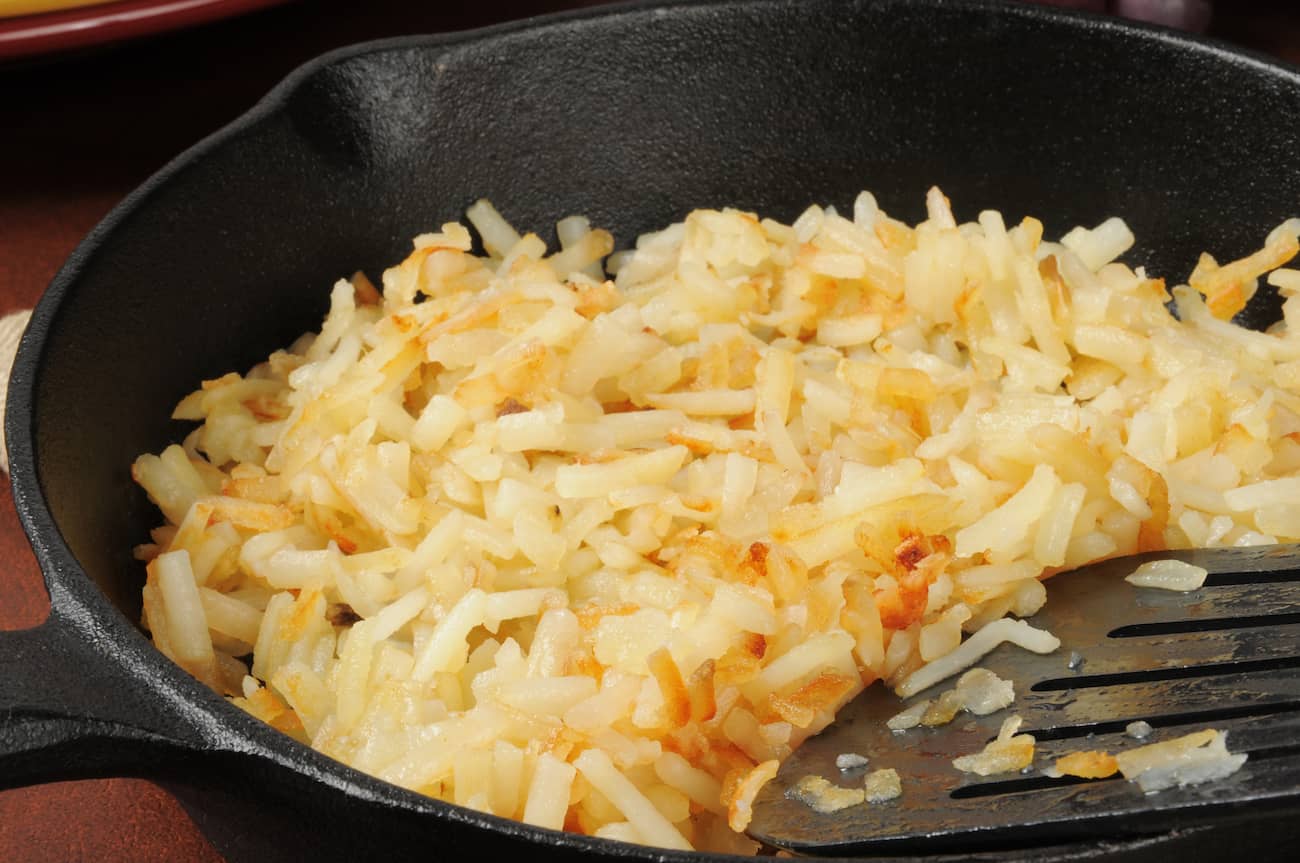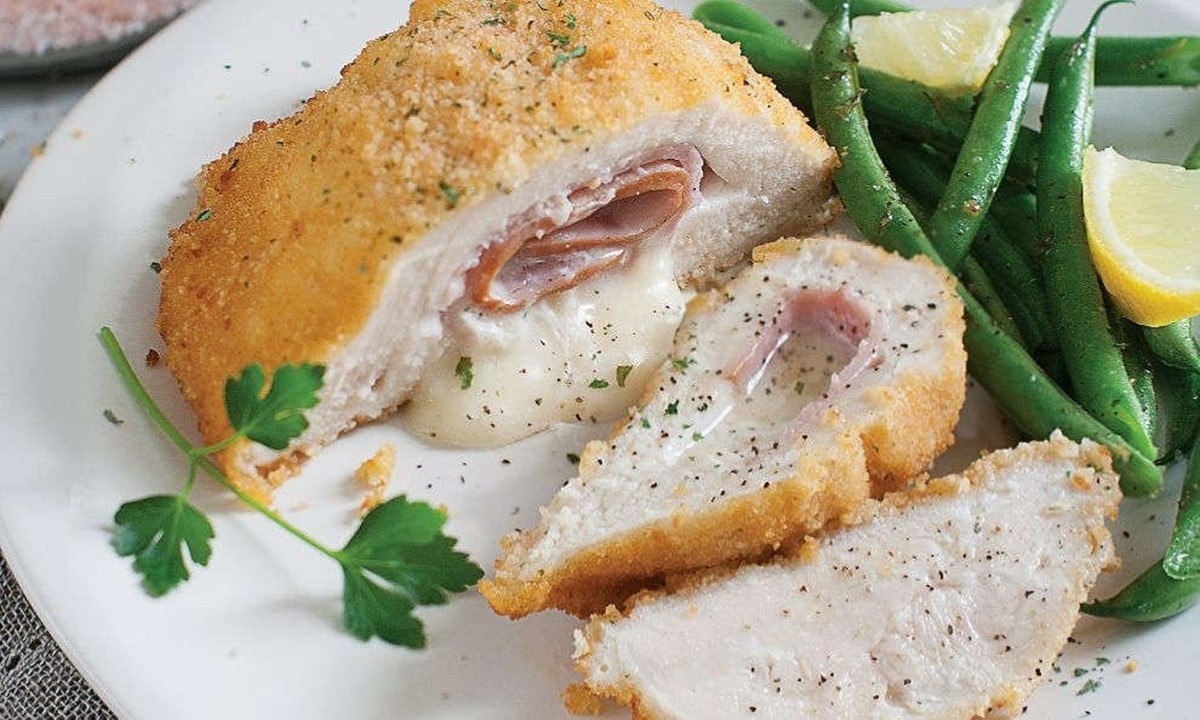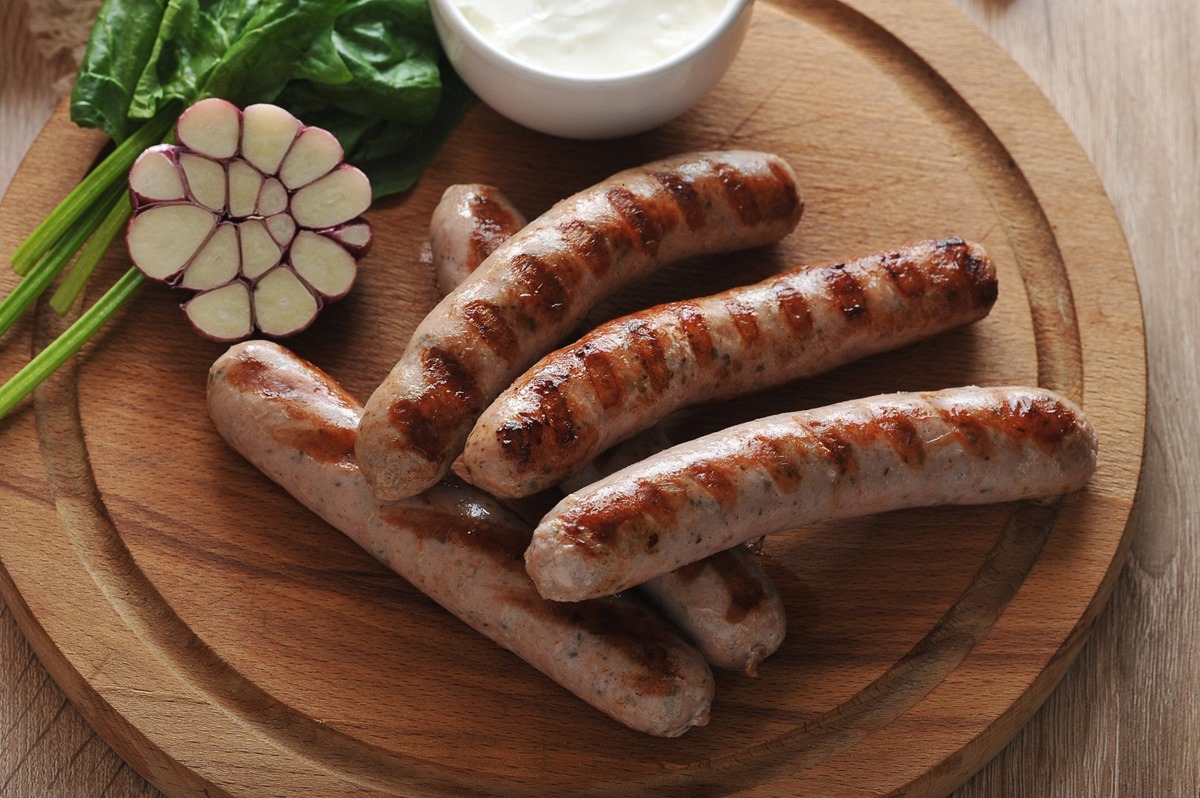How To Cook Frozen Salmon In Microwave
When it comes to cooking seafood, salmon is a healthy and delicious choice. But what if you forgot to thaw your salmon before mealtime? Don’t worry, you can still enjoy a perfectly cooked piece of frozen salmon using your microwave! Here’s a quick and easy guide to help you cook frozen salmon in the microwave.
What You’ll Need:
- Frozen salmon fillets
- Microwavable dish with a lid or microwave-safe plastic wrap
- Salt and pepper, to taste
- Lemon wedges (optional)
Instructions:
- Start by placing your frozen salmon fillets in a microwavable dish. Make sure they are evenly spaced, allowing room for even cooking.
- Sprinkle salt and pepper over the fillets, adding flavor to your salmon.
- Cover the dish with a lid or microwave-safe plastic wrap. This helps to retain moisture and ensure even cooking.
- Set your microwave to 50% power. Cooking salmon on a lower power setting helps prevent overcooking and keeps the fish moist and tender.
- Cooking times may vary depending on the thickness of your salmon fillets. As a general guideline, for every inch of thickness, microwave the salmon for 3-4 minutes.
- After the initial cooking time, carefully flip the salmon fillets using a fork or tongs to ensure even cooking.
- Continue microwaving the salmon for another 3-4 minutes, or until the fillets are opaque and flake easily with a fork.
- Once cooked, remove the salmon from the microwave and let it rest for a minute before serving. This allows the flavors to settle and enhances the overall taste.
- Squeeze fresh lemon juice over the salmon to add a burst of citrus flavor, if desired.
Tips and Variations:
- For added flavor, you can marinate the salmon in your favorite marinade or rub before microwaving. This will infuse the fish with delicious flavors.
- If you prefer a crispy texture, you can place the salmon under a broiler for a few minutes following microwave cooking. This will give it a nice golden crust.
- Be cautious while removing the cover or plastic wrap from the microwaved dish, as hot steam may escape.
- Remember to always follow manufacturer’s guidelines for your specific microwave oven, as cooking times and power levels may vary.
Now that you know how to cook frozen salmon in the microwave, you can easily and quickly prepare a nutritious meal even when time is tight. Enjoy the convenience and deliciousness of microwave-cooked salmon right in your own kitchen!
More Delicious Salmon Recipes to Try
After mastering the technique of microwaving frozen salmon, why not put your new skills to the test with a variety of flavorful recipes? From the zesty Zesty Microwave Lemon-Dill Salmon Fillets to the sweet and savory Sweet and Savory Maple Glazed Salmon, there's a dish to suit every palate. I recommend trying the Bold Spicy Cajun Microwave Salmon for those who enjoy a bit of heat, or the Rich Garlic Butter Microwave Salmon for a rich and comforting meal. Each recipe offers a unique twist on this versatile fish, making your culinary experience both easy and exciting.
Was this page helpful?
Read Next: How To Cook Frozen Hamburger In Instant Pot
